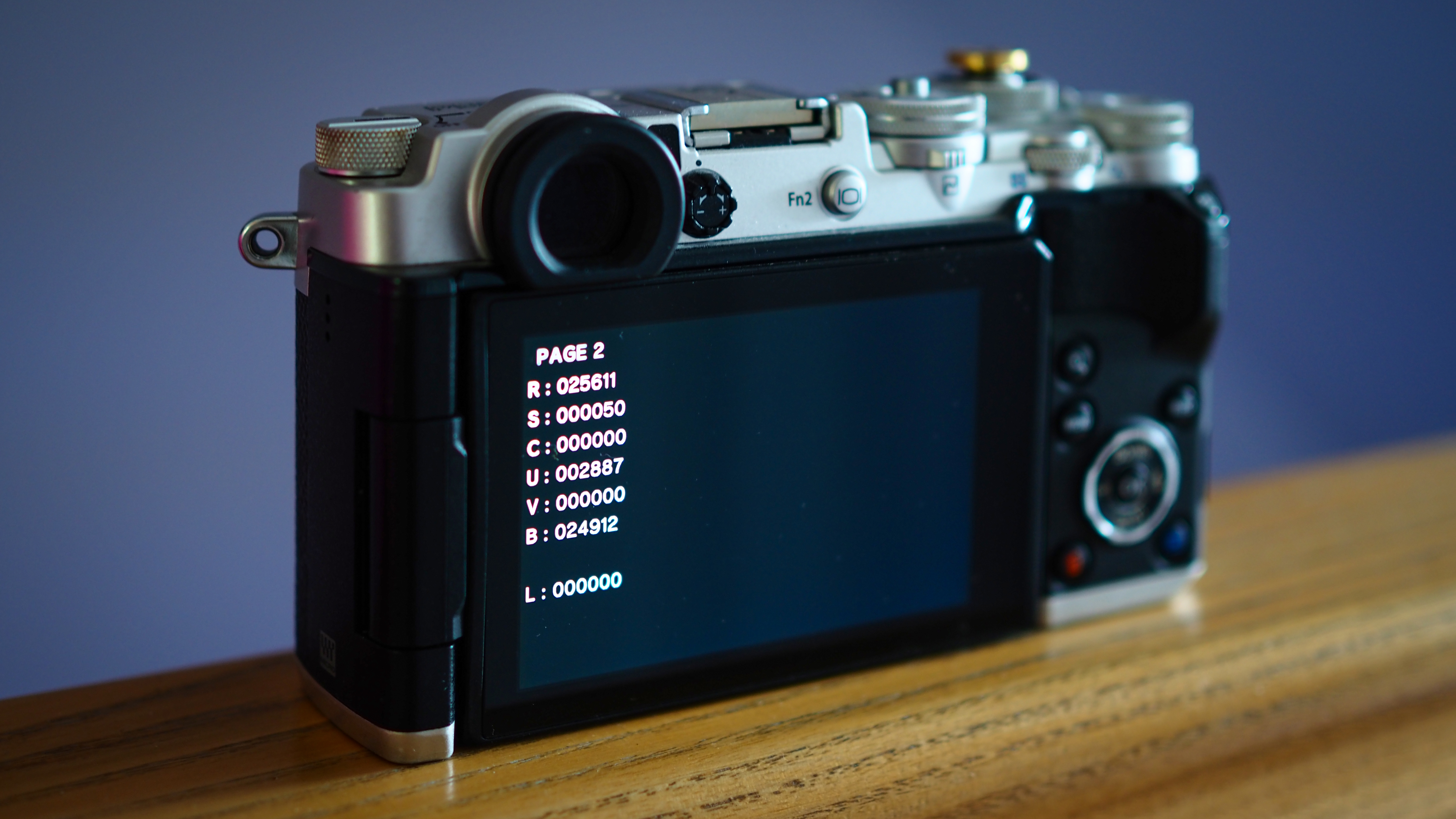What is camera shutter count, and how do you find out yours?
Do you know your camera's shutter count? Here's what it is, and why it's important

What is your camera shutter count? It's the number of actuations on the shutter mechanism on your camera – in other words, it records the number of shots a camera has taken.
Accordingly, it's also a representation of the life of your camera. In the same way that an odometer measures the miles racked up by a car, the camera shutter count measures the "mileage" on your body. And this is important because, like car motors, mechanical shutters have a life span.
Different cameras have different shutter life expectancies, anything from 100,000 on a midrange camera to over 500,000 on a pro body – which is part of the reason that the best professional cameras and the best cameras for sports photography are so expensive, because they are built for far higher shutter actuations.
Electronic shutters are changing the game, because there is no mechanical shutter and therefore no physical mechanism to perish. However, the camera shutter count still records the number of shots that have been taken.
So even though bodies like the Nikon Z9 and Sony A1 have no mechanical shutter, if they've taken 500,000 shots there will still be plenty of wear!
Why does camera shutter count matter?
Finding out your camera shutter count is not only interesting (you'll find out how triggerhappy you really are!), it can also be an important thing to know for practical reasons.
If you’re looking to sell your camera, it’s a good idea to find out your camera shutter count – which is how many shots your shutter has racked up. Even if you don’t want to get rid of your camera any time soon, it’s an interesting figure to know, as it shows how much use your camera has had – and it might surprise you.
Get the Digital Camera World Newsletter
The best camera deals, reviews, product advice, and unmissable photography news, direct to your inbox!
Some brands make it easier to find out your camera shutter count than others – but no matter which brand you own, there should be a way to find out. This is by no means an exhaustive list, but at least one of these platforms should work for your camera.
Some trade-in retailers will require you to provide the camera shutter count in order to receive a quote or trade, although if you really can’t work out how to do it they will have the correct software to do so.
Professional DSLRs such as the Canon EOS 5D IV and Nikon D850 have a shutter life expectancy of 150,000 and 200,000 respectively. That might seem like a lot but, if you’re a sports or wildlife photographer shooting with a fast burst mode, you can quickly rack up the number of photos you’ve taken.

Mirrorless cameras work a little differently, since they don’t have a mirror to flip up and down, which means they should theoretically have a longer life expectancy. You can also shoot using an electronic shutter, which doesn’t affect the shutter count at all. Fujifilm advertises the Fujifilm X-T4 of being able to take around 300,000 shots while the Canon EOS R5 has an expected lifespan of an enormous 500,000 actuations.
Shutter count information is stored in your EXIF data just like ISO, shutter speed and aperture is. There are a few different ways to work out what your shutter count is depending on what camera you have, but most cameras will be compatible with camerashuttercount.com . You can use tools.science.si if you're a Sony user or Apotelyt.com if you shoot Fujifilm.
If you're lucky enough to own a Nikon and one of the best MacBooks, finding out your shutter count couldn't be easier. Simply open an unedited JPEG in Finder, click 'show inspector', select the Nikon tab and there it will display the number of actuations.
Some cameras don't embed the shutter count information into the EXIF data, which can make it slightly trickier to find, but when there's a will there's a way. Olympus cameras, for example, have a secret menu and a particular set of steps to follow to reveal the shutter count, while the Fujifilm X100V actually displays it in the menu.
If you want to keep track of your shutter count it might be worth investing in some shutter count software such as ShutterCount from Dire Studio, which is really cheap and it's compatible with most cameras. When I worked at Wex it was the program we used to test all cameras being traded in, as shutter count can obviously affect the value of the camera.
Don't worry too much – even the best cameras for beginners and the best cheap cameras still have a good shutter life expectancy!

Having studied Journalism and Public Relations at the University of the West of England Hannah developed a love for photography through a module on photojournalism. She specializes in Portrait, Fashion and lifestyle photography but has more recently branched out in the world of stylized product photography. Hannah spent three years working at Wex Photo Video as a Senior Sales Assistant, using her experience and knowledge of cameras to help people buy the equipment that is right for them. With eight years experience working with studio lighting, Hannah has run many successful workshops teaching people how to use different lighting setups.
- James ArtaiusEditor in Chief
